Sustainability is the topic of the hour. But how committed is the watch industry to ethical and ecological responsibility? We explore several interesting solutions in this feature from the WatchTime archives.
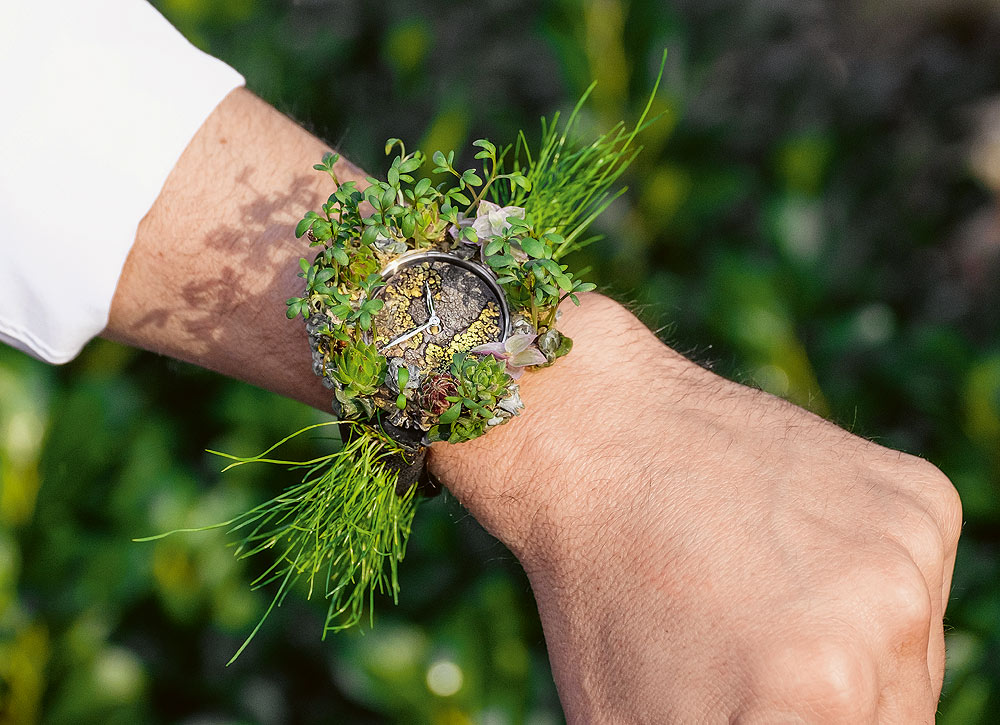
First, the good news: when you buy a high-quality mechanical wristwatch, you are also investing in a sustainable product. Longevity is one of the paramount virtues of traditional watchmaking, which has never had quick consumption in mind, but has always aimed at achieving enduring quality that ideally would last for generations. This thought is aptly expressed by Patek Philippe’s memorable slogan: “You never actually own a Patek Philippe. You merely take care of it for the next generation.” Beyond a doubt, there’s more to this statement than merely a clever marketing idea. A glance at the catalogs of the big auction houses reveals the long life cycles that high-quality watches can claim for themselves. Nearly everybody knows somebody who proudly wears the still flawlessly functioning mechanical wristwatch that once belonged to their grandfather, father or uncle.
Does this mean that everything is literally “in the green sector” when it comes to mechanical watches? It would be nice to think so. But controversial discussions about ecological and humanitarian abuses in the gold-mining industry prove that not everything that is golden is good. There’s also the issue of the ecological footprints left behind by the watch industry’s daily work. Watch brands must take a stand on these and similar concerns. One thing is certain: in times of increasing demand for fair and ecologically responsible products, customers are setting high standards. And those standards are especially high for companies in the luxury industry. After all, desirable objects such as high-quality watches are not essential goods that are needed for survival, but luxury items that ought to add pleasure to life. And the consumer nowadays has the certainty of not harming other people or the environment – and thus future generations – with his purchase.

RJC: Sustainable Standards
Efforts at sustainability already existed in the watch industry long before students took to the streets for the planet’s future. The Responsible Jewellery Council (RJC) was founded in 2005. Its goal is to establish responsible standards for the entire jewelry supply chain, i.e., from the extraction of raw materials, through their processing, to the retailing of the merchandise. Fair working conditions and other ethical aspects are just as much a part of these standards as ecologically responsible action. A whole series of watch brands have earned certification from the RJC in recent years. IWC, A. Lange & Söhne and Cartier are just a few of the big-name brands that are committed to complying with the RJC’s “Code of Practices.” The Swatch Group’s own gold foundry has likewise been certified by the RJC, and can seamlessly monitor the ethical conditions accompanying the Swatch Group’s total gold consumption.
RJC certification is undoubtedly a good basis for a sustainable corporate culture. But there still remains more to be done when it comes to extracting gold under ecologically and socially acceptable conditions. Chopard proves this. In the years since Chopard launched its “Journey to Sustainable Luxury” in 2013, the company has become a pioneer of sustainability in the world of jewelry and watches. In collaboration with the Eco-Age consultancy firm, Chopard has taken a number of initiatives to act according to standards that are ethically fair to workers and ecologically responsible to the environment, especially in the field of gold and gemstone extraction.
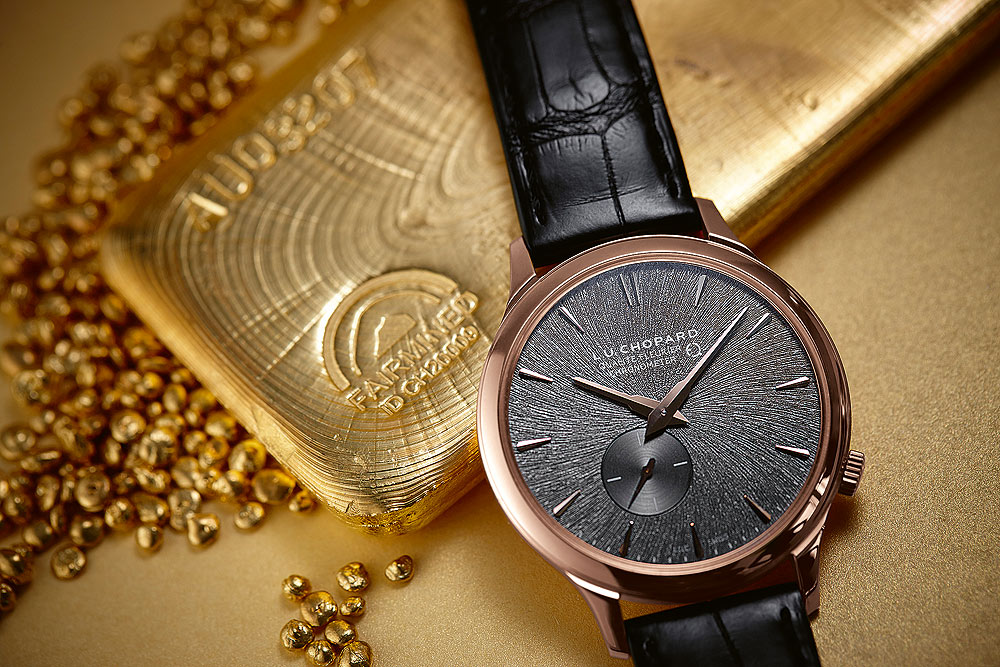

In the summer of 2018, Chopard issued a public report that rightly caused a sensation. Ever since then, the company has exclusively used what Chopard’s wording describes as “ethical gold.” Chopard defines this term in two ways. First, it applies to precious metals purchased from suppliers that have been certified by the RJC. The second category of Chopard’s “ethical gold” is more unusual: the watch and jewelry brand itself has become active in the gold-mining sector. In cooperation with the Colombian-based Alliance for Responsible Mining (ARM), Chopard invests in small, artisanal mines in Latin America. On the one hand, Chopard supports these mines on their way toward earning fairmined certifications. On the other hand, Chopard is the world’s largest purchaser of fairmined gold. Chopard’s Co-President and Creative Director Caroline Scheufele touches a timely nerve when she explains, “Genuine luxury presupposes that you know the conditions along your supply chain. As Chopard’s Creative Director, I’m very proud to be able to tell our customers more about the origins of our beautiful pieces. I know that having heard this story adds to the pride our customers feel when they wear these pieces.”
When it comes to sustainability in the watch world, the provenance of the raw materials is a central factor. Another crucial aspect is the ecological impact of daily work in watch production. IWC plays a leading role in climate awareness. Based in Schaffhausen, Switzerland, IWC uses electrical energy from 100-percent renewable sources. In addition, many features of contemporary climate-efficient architecture are incorporated into IWC’s new manufacturing center, which opened in 2018. IWC plans to achieve a 10-percent reduction in its CO2 emissions by 2020.

The manufacture in Schaffhausen is not alone in its ethical and environmental commitment. For example, the Richemont Luxury Group, of which IWC is a member, developed the “Richemont Green Handbook,” which declares that Richemont’s principles include commitment to assuring the responsible origins of raw materials and to compliance with environmental protection measures. This is also where the extremely ecologically relevant aspect of packaging comes into play. Packaging, especially for luxury products, is traditionally very elaborate, so Richemont is taking an important step in the right direction by declaring its commitment to “reduce, reuse and recycle.” IWC has set up a sustainable-packaging committee, which is working on specific measures to achieve a 30-percent reduction in the weight and volume of IWC’s packaging materials by 2020.
The Swatch Group is another large Swiss luxury corporation that has attracted attention with sustainable architecture. The Pritzker Prize-winning Japanese architect Shigeru Ban planned a new headquarters for the Swatch brand in Bienne. The innovative wooden building is designed to save energy and reduce emissions.
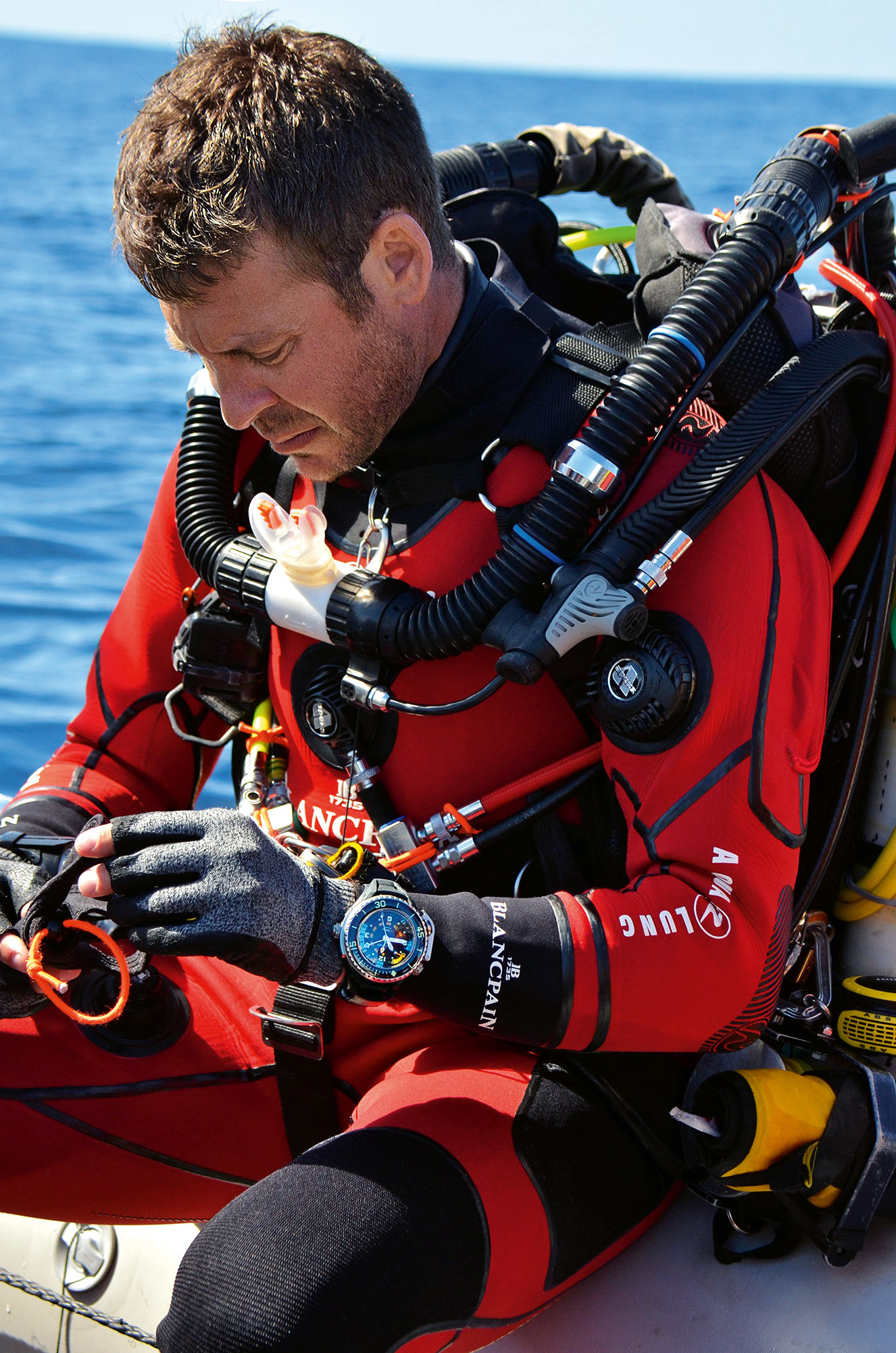
Watches and Water
There are many ways to work on behalf of our planet. For several years now, a number of watch brands for which divers’ watches play an important role have been committed to protecting the oceans. Blancpain, for example, launched the Blancpain Ocean Commitment initiative, in which the company sponsors organizations dedicated to researching and protecting the oceans. In addition to providing financial support for these organizations, Blancpain regularly releases Fifty Fathoms limited editions. Part of the proceeds from their sale is donated to marine conservation initiatives. Omega’s Planet Ocean project pursues a similar path and primarily aims to raise public awareness about the condition of the oceans.
Oris expresses its strong commitment to the protection of aquatic habitats by regularly undertaking very concrete project-related activities. They include, for example, Oris’s support for an organization dedicated to restoring parts of the Great Barrier Reef that were destroyed by massive heat waves. Other examples are collaborations with personalities such as expedition swimmer Ernst Bromeis, whose projects aim to raise public awareness of the preciousness and vulnerability of aquatic habitats. Oris’s new partnership with Pacific Garbage Screening is especially spectacular. This young marine conservation organization is developing a device that intercepts plastic waste in rivers and estuaries before it reaches the sea. In the second step, the recovered trash is converted into energy and biologically based products.
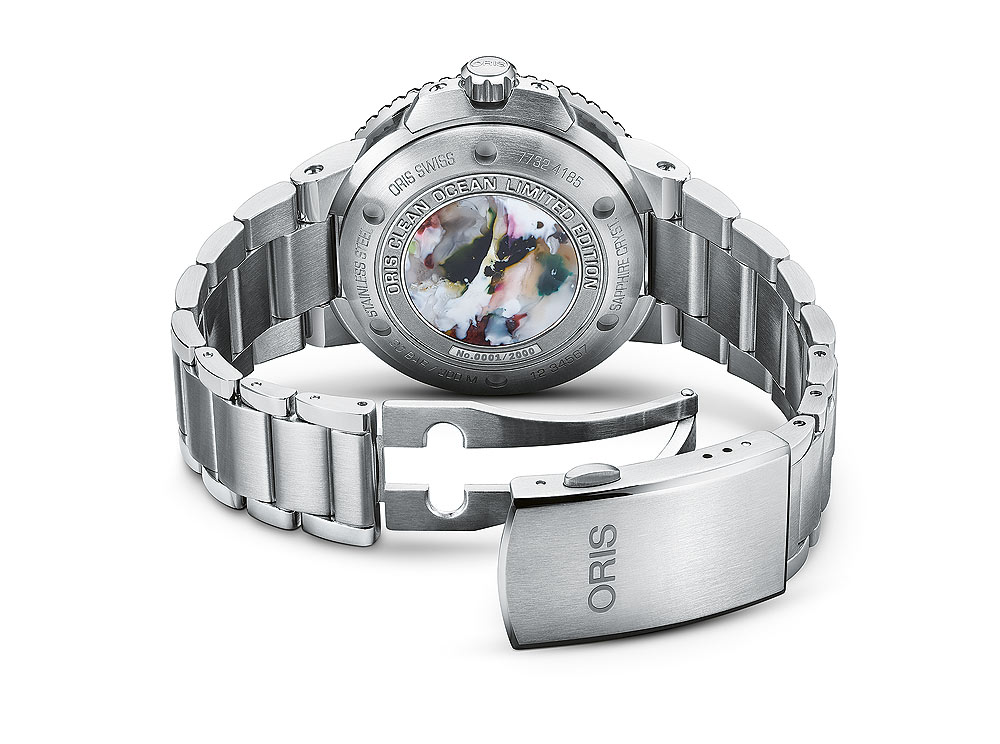
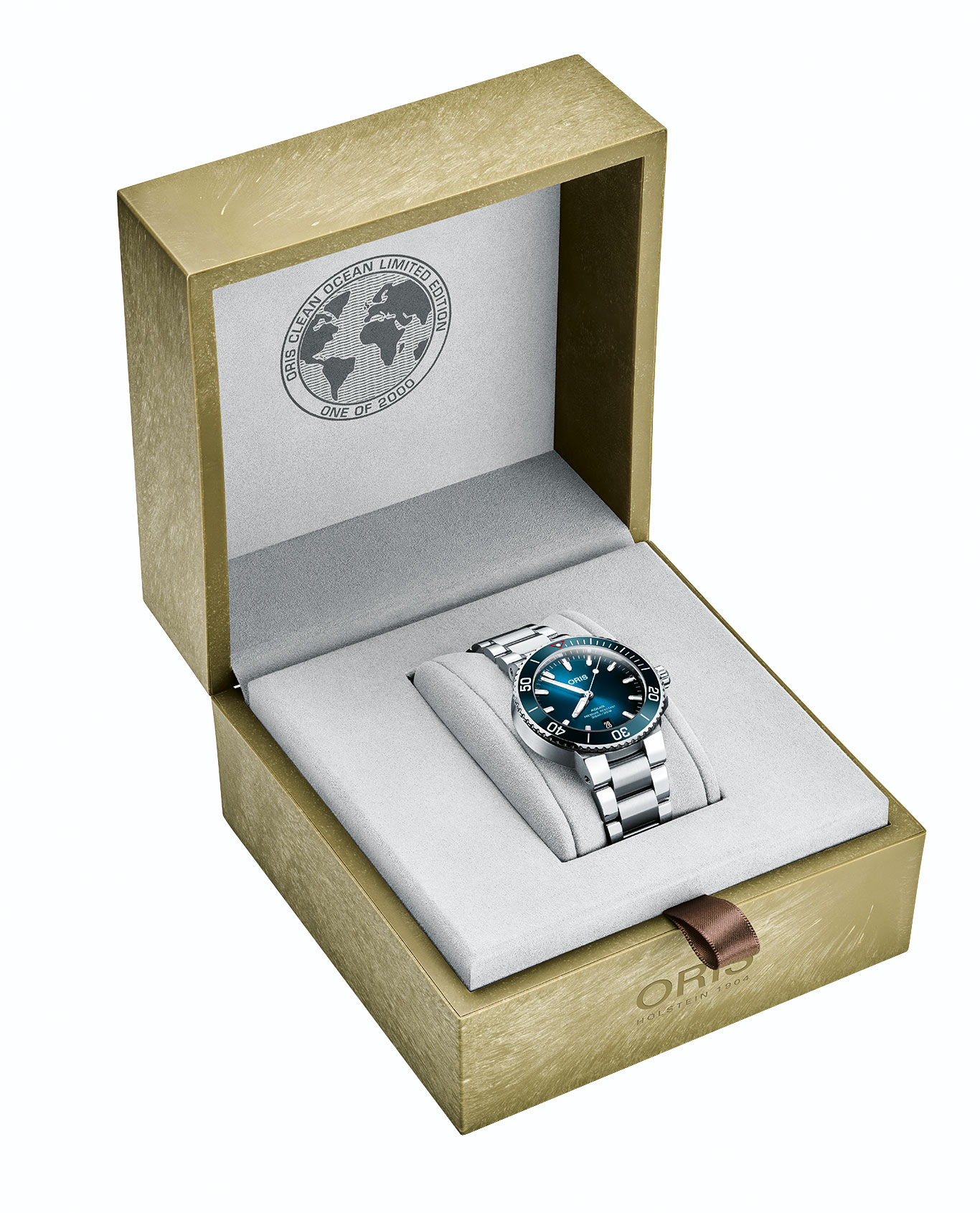
As with its other marine collaborations, Oris dedicated a wristwatch to its partnership with Pacific Garbage Screening. The Clean Ocean Limited Edition is released in a series of 2,000 watches, each of which is presented to its buyer in a box made from algae, using environmentally friendly methods. The design of the model refers to the sea in several ways. The blue tones of its dial and bezel recall the color of water, while the caseback of this automatic watch, which is water resistant to 300 meters, features a plastic medallion whose dazzling color makes its origin all the more surprising. The plastic insert is made of recycled PET plastic and is a small reminder not to forget the subject of plastic waste.
The wristband of Breitling’s Superocean Héritage II Chronograph 44 Outerknown is manufactured from a yarn called Econyl, which is made from nylon waste – including nylon from abandoned fishing nets. Breitling developed this in collaboration with the sustainable clothing brand Outerknown, founded by surfer Kelly Slater.
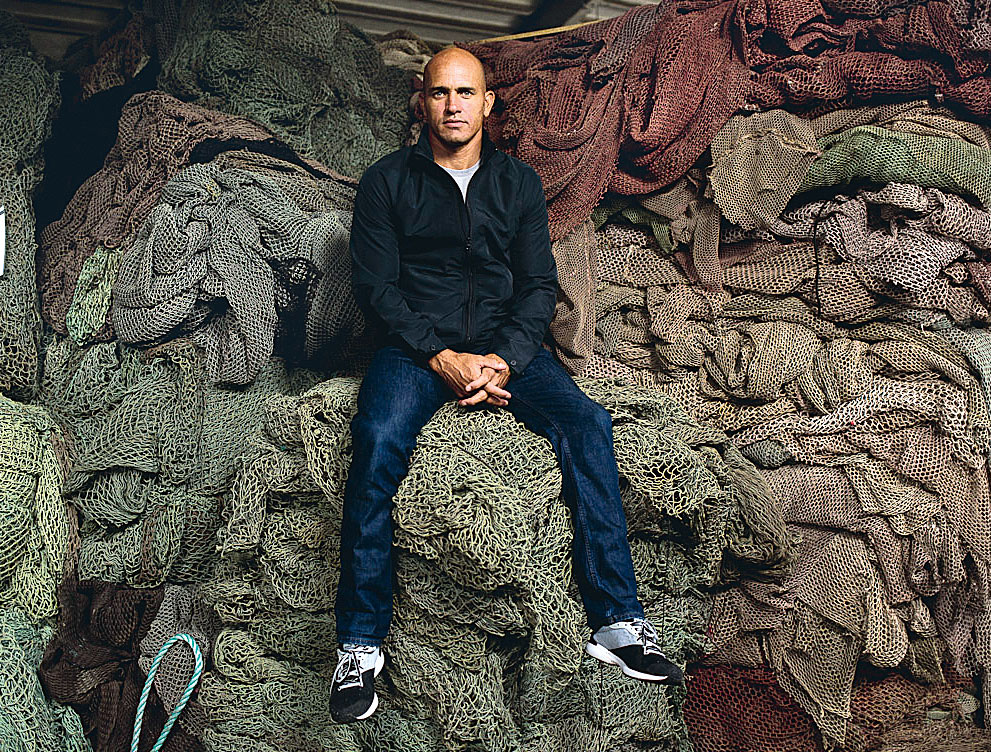
Carl F. Bucherer recycles PET recovered from maritime trash to make the textile strap of its Patravi ScubaTec Black Manta Special Edition. It’s surprising but true: 30 half-liter bottles are required for each wristband. Part of the proceeds from the sales of this divers’ watch, which is water resistant to 500 meters, is donated to the Manta Trust, which is dedicated to protecting the manta ray. Carl F. Bucherer and the Manta Trust have been working together for several years.
It’s About Attention
Of course, one can justifiably ask whether a few wristband textiles and plastic medallions made from recycled trash really make a difference toward solving the problems besetting our planet. Are such activities simply image-enhancing “greenwashing”? Of course, the use of recycled waste materials in watchmaking is of great importance for the moment. It’s about raising awareness in a place where people don’t traditionally talk about problems like polluted oceans. When a luxury product comes along that incorporates elements made of recycled material, it sends a clear message that there is no area of life or any part of society that can ignore the urgency of protecting the environment.
H. Moser & Cie. recently found an amusing way to bring this passion and commitment to the watch world. At SIHH 2019, the brand unveiled its Moser Nature Watch, which has a case covered with Swiss green plants, a dial crafted from natural stone and lichen, and a bracelet made of grass. The watch must be watered twice a day and is admittedly not a practical model for sustainable watch design, but it is an apt symbol of Moser’s efforts to become carbon neutral and to use fair-traded gold. It is also an appropriate symbol for the watch industry as a whole, which has, in some cases, begun to focus on sustainability, but still has a lot of work to do.
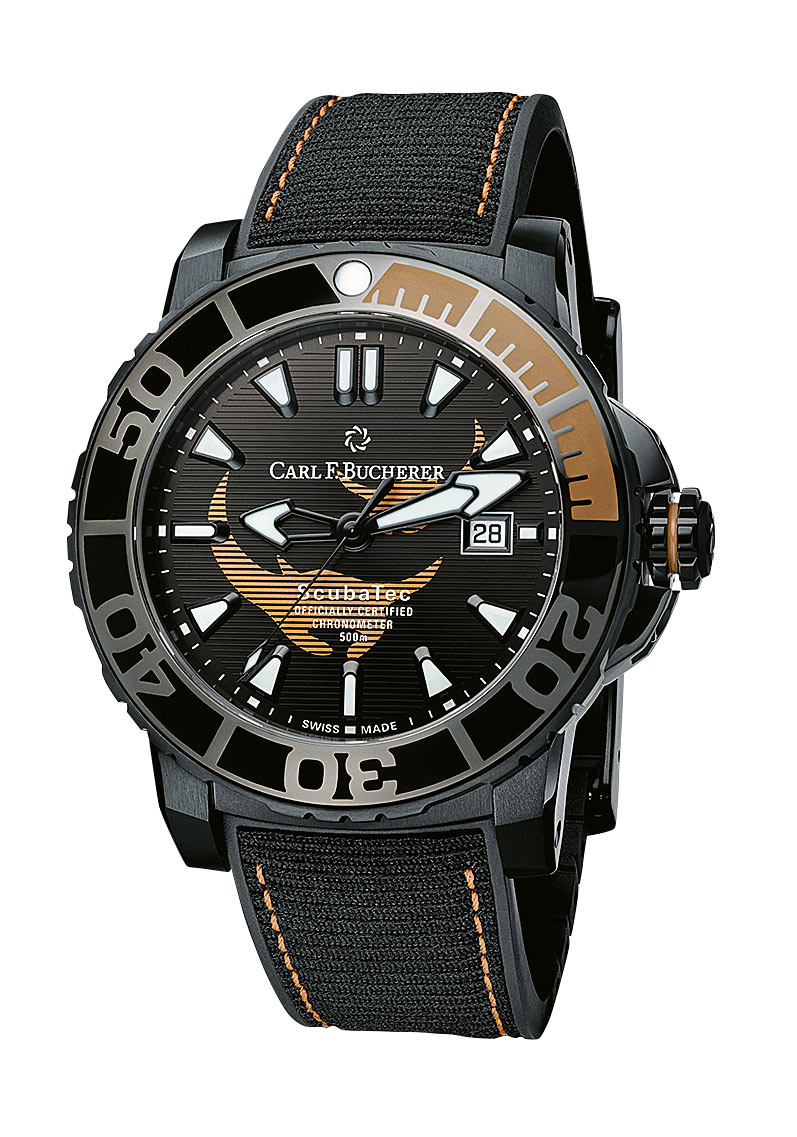

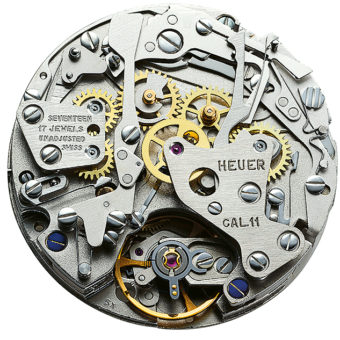
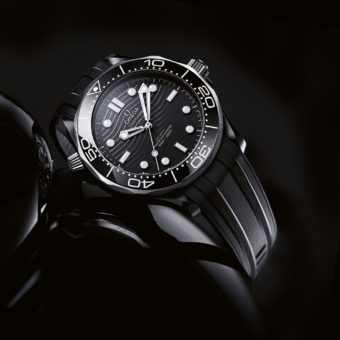
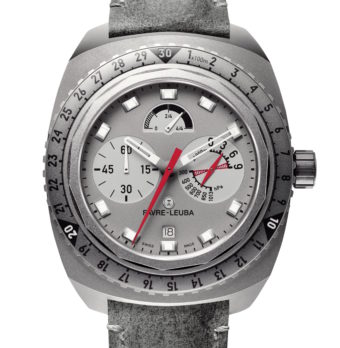
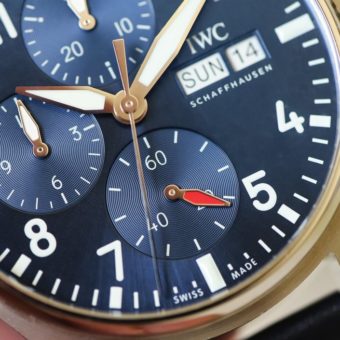
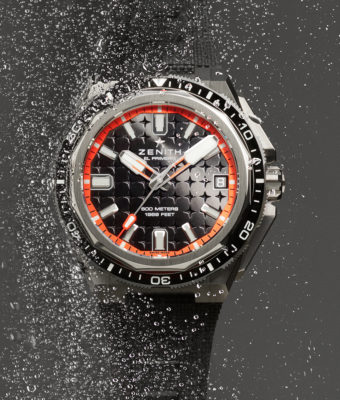
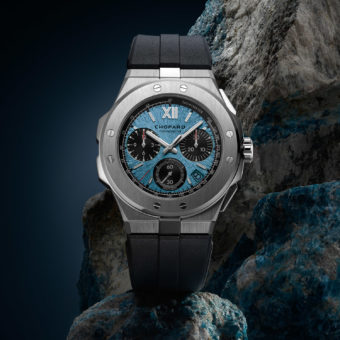
“Sustainability is the topic of the hour.” Only in the post-Christian, guilt-ridden, gutless, hand-wringing West is this given even a nod.
Yawn……
To not forget the Gyre Collection from Alpina, the first brand using recycled plastic from the ocean to produce the watch case. Alpina as well supported several association such as the SurfRider EU and it’s committed to protect the oceans.
What is Ethical Gold?
This is probably the worst demographic to advertise for environmental appeal. If you’re spending $10k+ on a watch why does it matter what the company is doing for the environment? If you cared that much you’d donate that money away instead. If it’s about ethically sourcing bust-down pieces then it’ll at least make sense, but all this “ocean commitment” gimmick are just oldheads not knowing how to properly spend their marketing budgets.
How about the Bedol Water Watch?
Utter nonsense – a timepiece is the sum of it’s parts: gold/steel/platinum/silicon/etc. Watch brands prostrating themselves before self-appointed ‘Gatekeepers of Earthliness’ is a fools errand.
I agree wholeheartedly!
How about the Bedol Water Watch!